
Each time I look through the cars and builds that have rolled through our #FeatureThis program, I am more and more amazed. It’s a true global pool of amazing machinery, and after looking at the submissions I always end up with a huge smile on my face. Cars like this 1969 Opel Commodore are very much a reason for that smile.
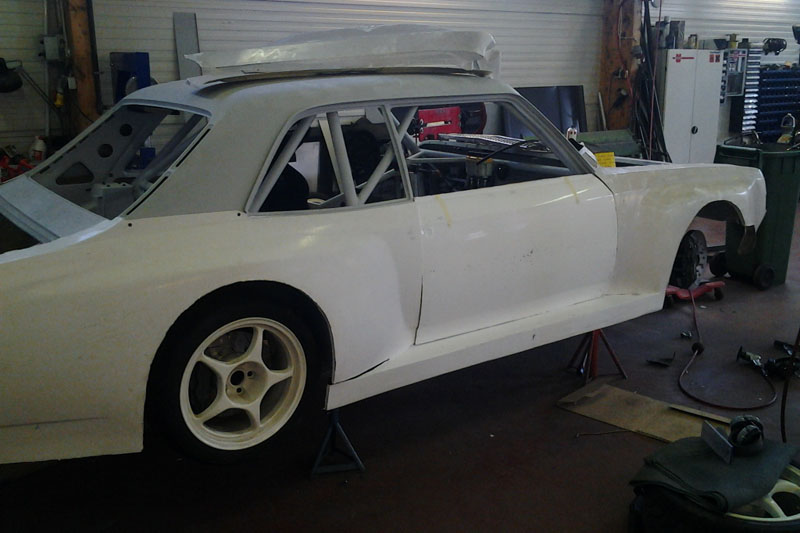
The project belongs to Heikki Mattila of Finland, and I have to say this is one of the most interesting builds I’ve seen in a while. Considering the high level of the submissions we get, that’s saying quite a bit.
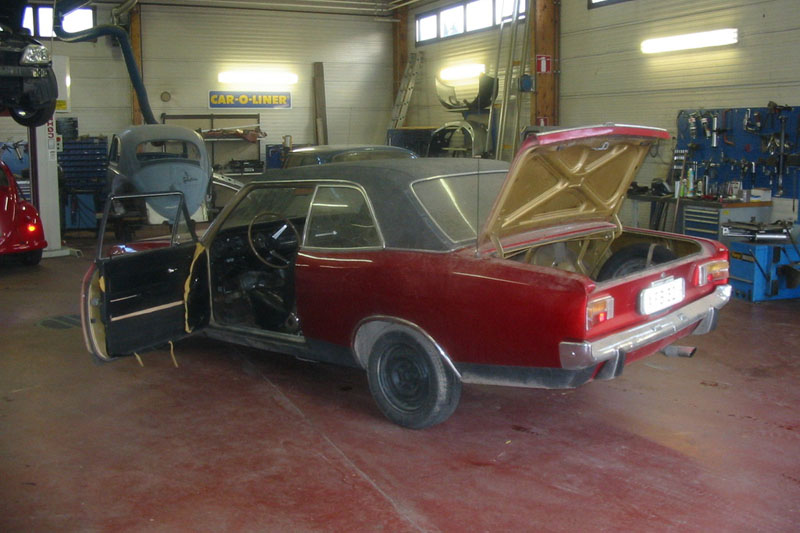
When you hear “Commodore” you might think of the popular Holden model in Australia, but the distantly related Opel Commodore A actually precedes the Aussie version by over a decade.
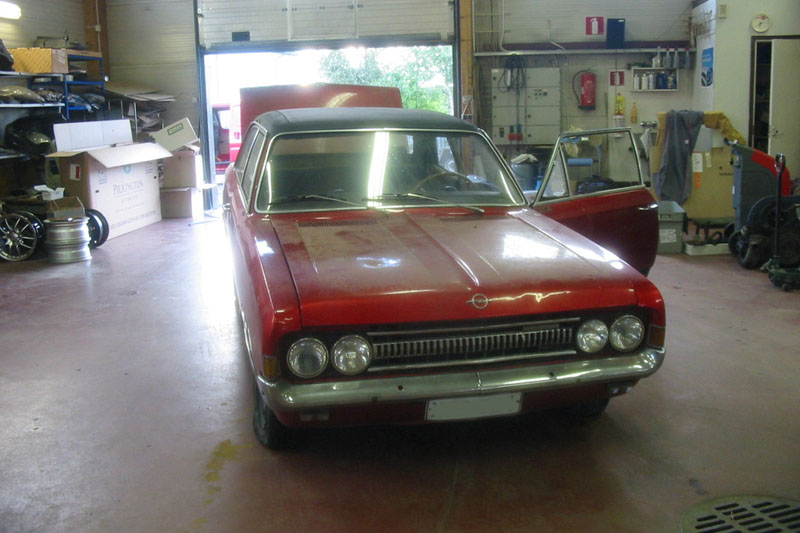
Heikki got the car with the idea of running it in a local road race series called “Roadsport”.
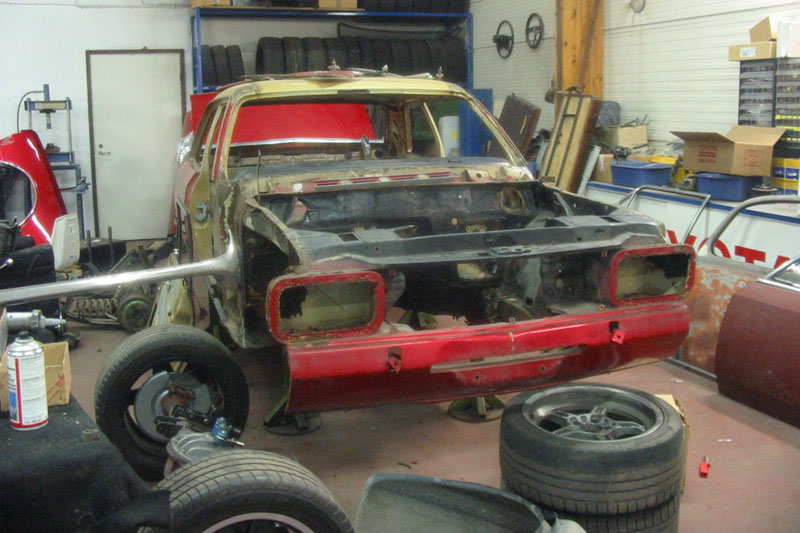
The regulations for the this class are very loose, so Heikki got to work tearing down and completely rebuilding the Commodore from the ground up. As of now, he already has four years invested in the build.
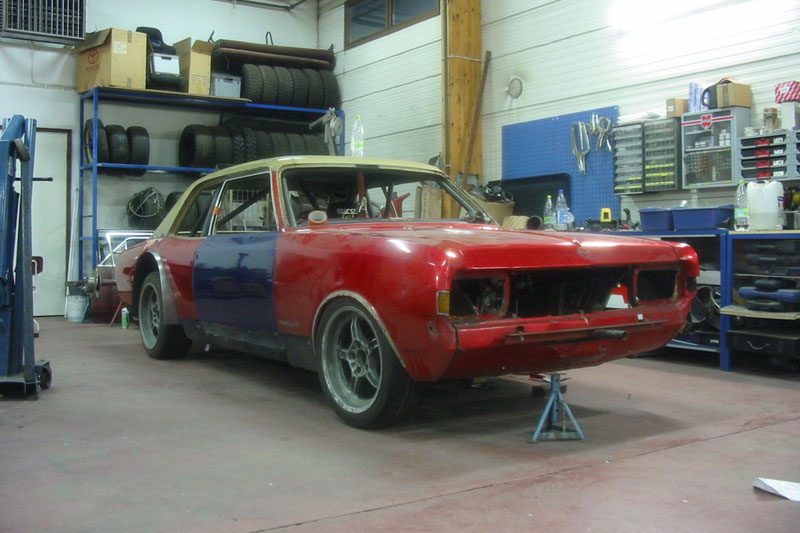
In order to shave weight, improve aerodynamics, and give the car an aggressive look he ended up dramatically redoing the Commodore’s body work.
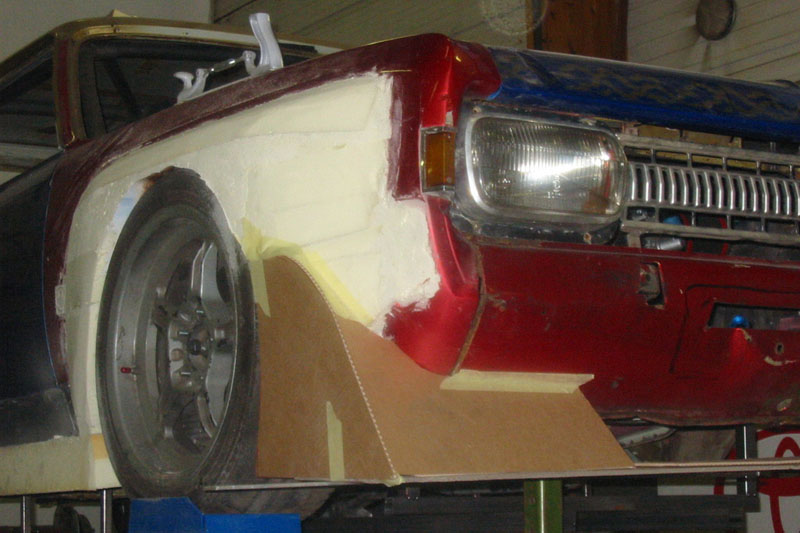
Here you can see the handmade front fenders and the beginnings of the front spoiler, all constructed from fiberglass.
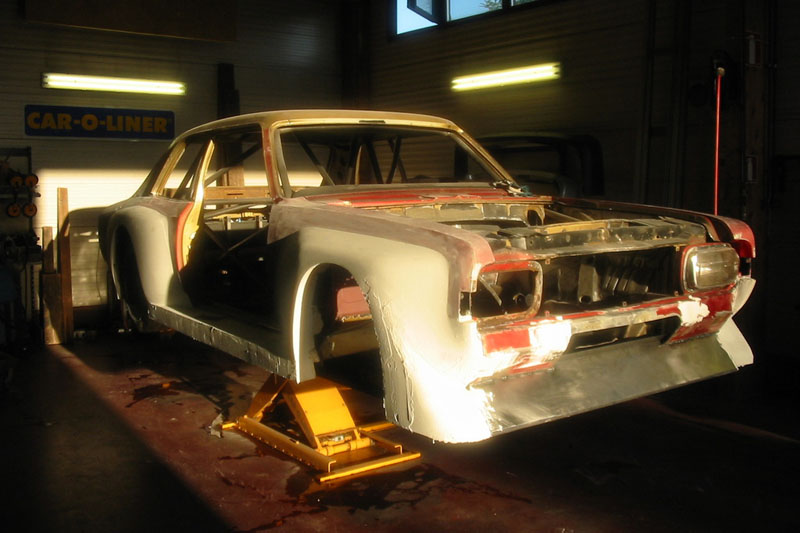
Besides the fenders, he also built the hood, trunk lid, doors, and rear panel himself. He also added polycarbonate windows.
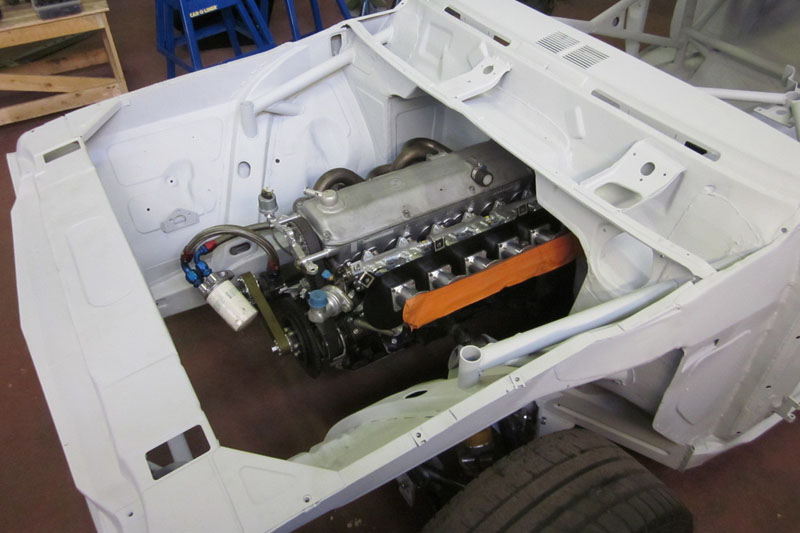
To power the car, Heikki swapped in a BMW M20B25 inline six with a dry sump system, Autoverdi rods, a Shcrick cam, and a set of custom-built individual throttle bodies.
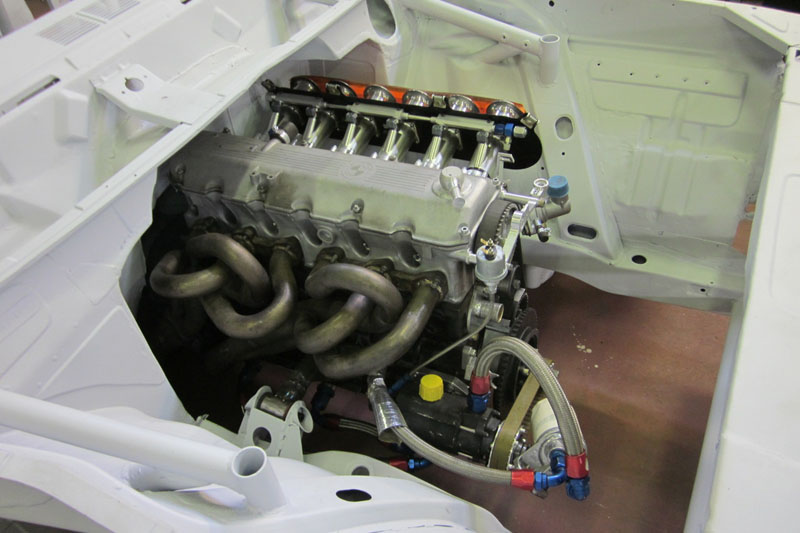
The motor is estimated to produce about 230 horsepower. It may not sound like a lot, but it should more than sufficient considering the car only weighs 850 kilograms, or 1,874 lbs.
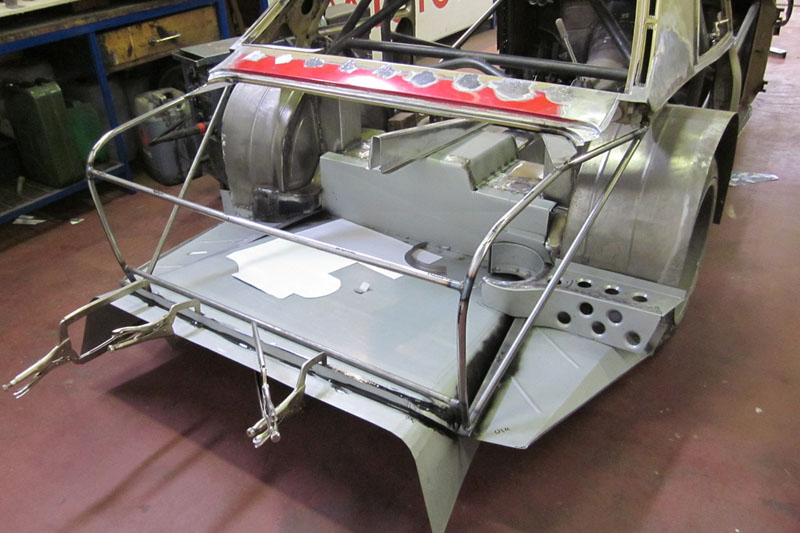
At the same time, the chassis was also completely re-designed with an end product that looks more DTM than ’69 Opel.
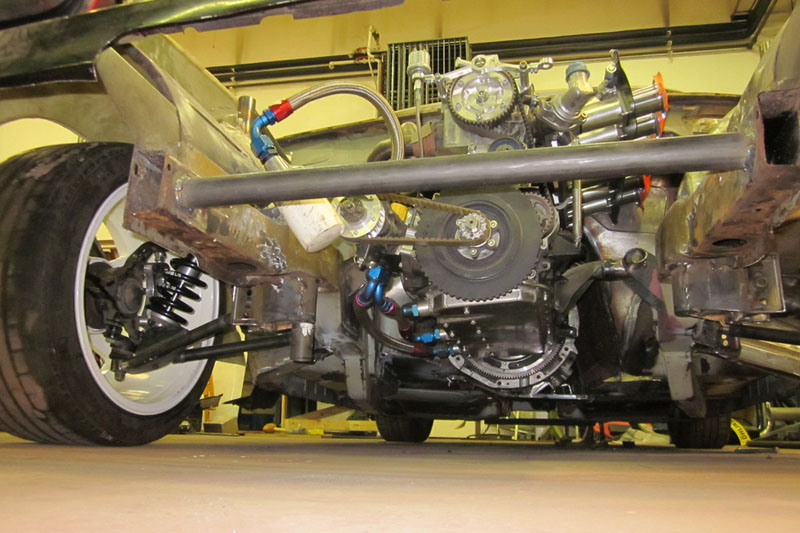
The front suspension features spindles from a Honda S2000 and tubular wishbones that Heikki built himself. He also added a complete steering rack from a Ford Escort Mk.1 that was widened by 26 centimeters.
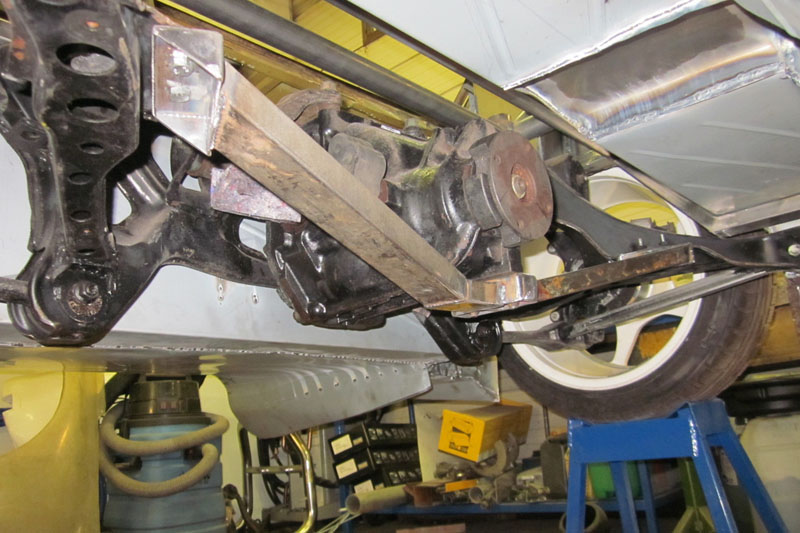
The rear end is from a Mazda RX-7, with a 4.88 final ratio.
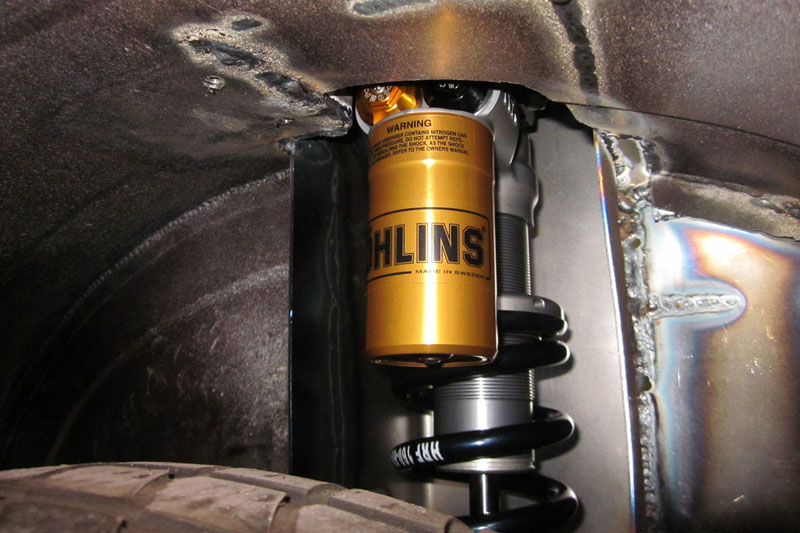
A 1969 Opel Commodore might not be considered an exotic or pricey car, but it’s clear that there was little expense spared in this build. There is Ohlins suspension at each corner.
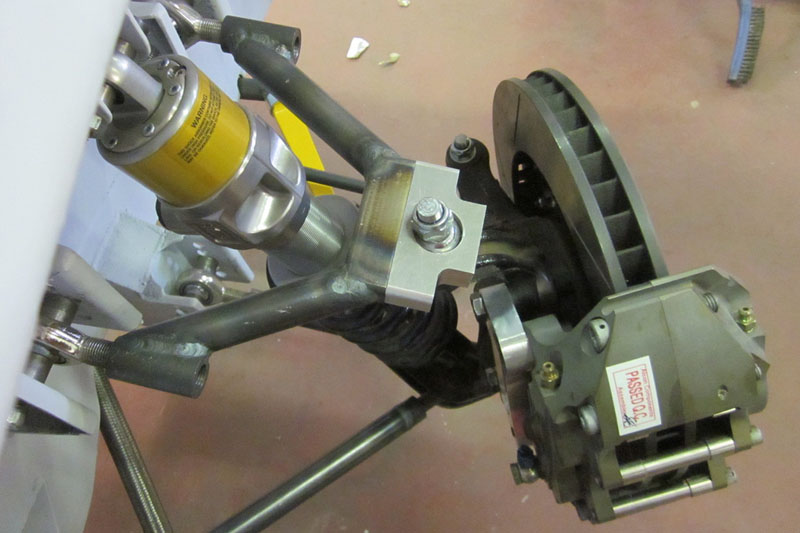
Along with equally impressive Alcon brakes.
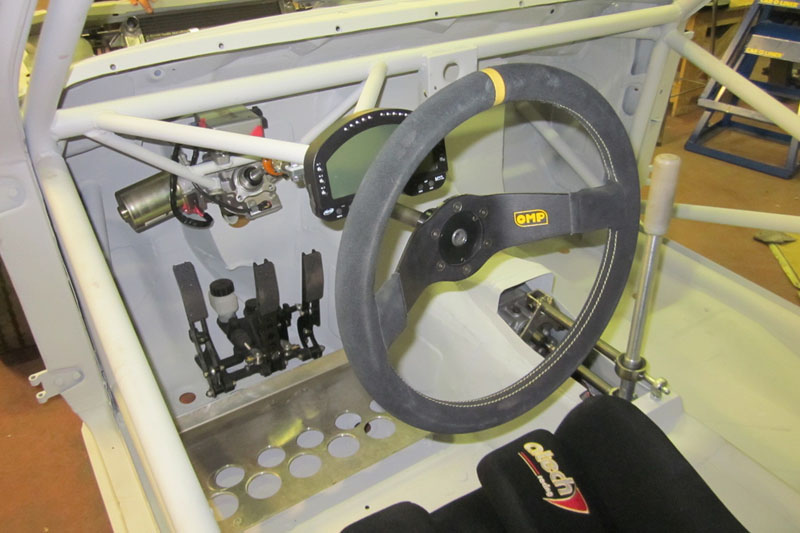
The interior is likewise totally race-ready. Roll cage, pedals, digital cluster, OMP steering wheel – it’s all there.
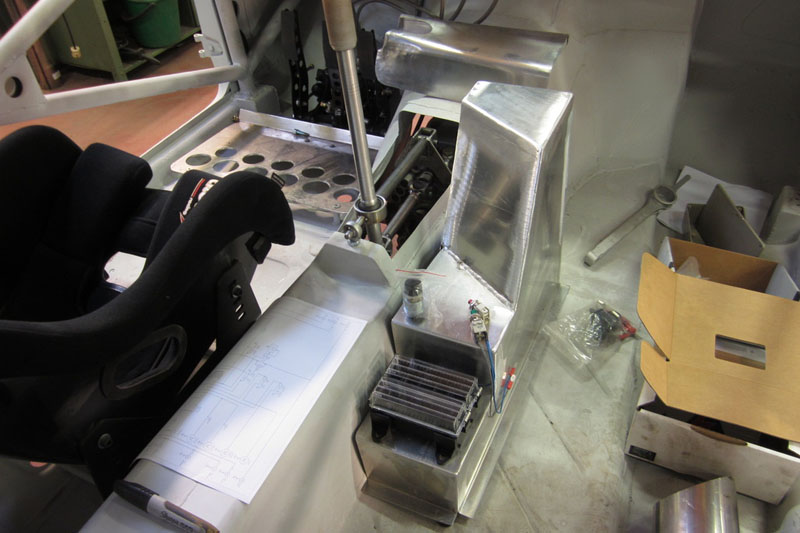
The transmission is a Getrag from an E30 M3 with a dog ring modification.
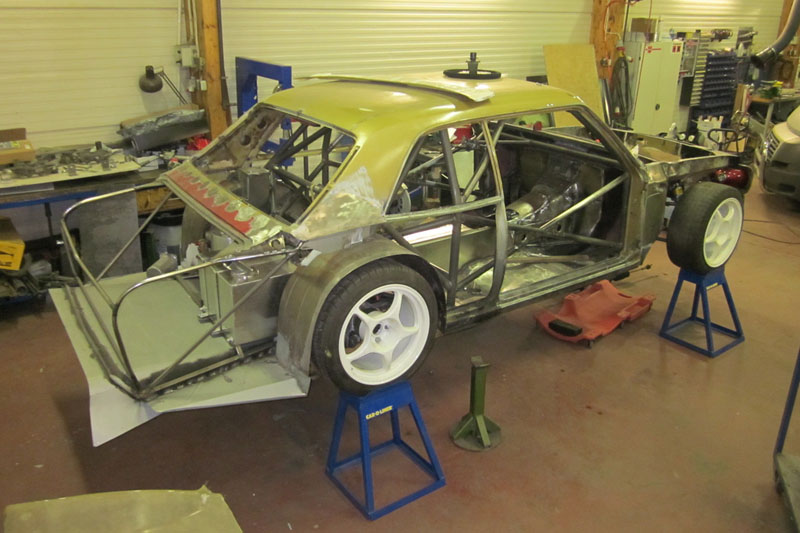
Needless to say, Heikki has made some incredible progress with this build. Four years may be a long time, but there’s no doubting it will be worth it once the car is complete.
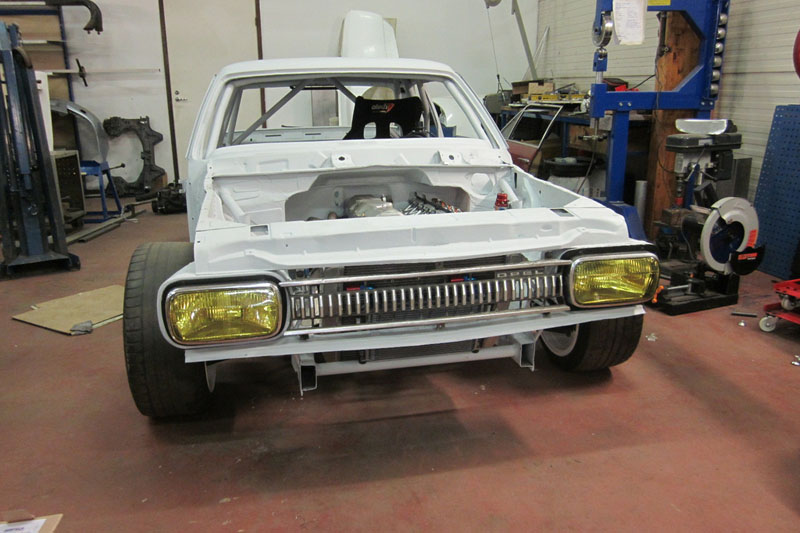
Perhaps it will make an appearance alongside other equally mental machines at Gatebil?
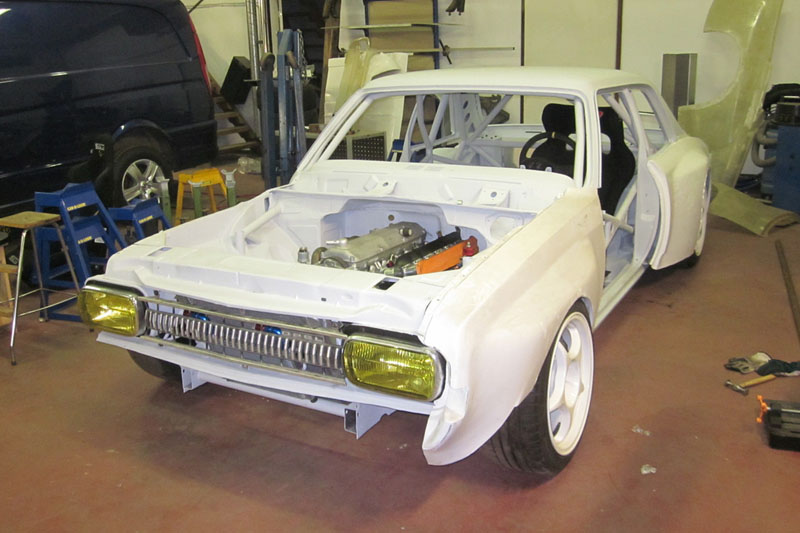
If you’d like to see more detailed photos of the build process, you can check out this massive build gallery.
Thanks for sharing, Heikki!
If you have a cool car or build story that you think is worthy of being featured on Speedhunters, drop us a line at featurethis@dev.speedhunters.com . Please make sure to include your name and location, as well as some basic details and specs, along with at least 5-10 photographs. Photos should be no less than 800 pixels wide and in .JPG format.
We are also expanding the #featurethis program to Twitter and Instagram. If you think your car is Speedhunters material, post a photo along with the #featurethis hashtag.
We are looking forward to seeing what you have!
-Mike






your kilo to pound ratio is a little off
@GraysonParker Only by 10,000 lbs! Haha. Just corrected that typo.
Cool build. Can anyone tell me what a dog ring mod is please?
@Curlytop Replace cone synchros with dog engagement rings. It would shift like a motorcycle transmission but still be H-pattern (not sequential.)
@milkplus @Curlytop what do you mean 'shift like a motorcycle transmission'? dog rings require you match revs when you shift, rather than synchros which will change the gear speed between gear sets as you shift
@milkplus @Curlytop typically if you are using a dog ring conversion, the transmission is modified to such a tolerance, and your fluid is properly chosen, that the viscosity will aid in changing the gear speed between the gear sets. the fluid works as a synchro on a properly built race transmission.
Oh my!!!
@ClaytonPayton @milkplus @Curlytop "dog rings require you match revs when you shift" That's a crash box, not a dog box, milkyplus is correct. A dog box is like a motorbike, you don't really need to match the revs (particularly on a motorbike where there is so much less inertia in all the driveline so you can drive it like a goose without all that much drama) but obviously you should for a smooth ride and less force/wear on the dogs.
Wow, just wow, wanna see it finished.
@HeathvanderWaerden ok. well, mechanically what is the difference? saying it's 'like' a motorcycle doesn't really help. what are the physical principles that differ between them? A sychromesh transmission has mechanical devices which get the gears spinning the proper speeds so that you can shift between them. a 'crash box' is an old type of manual transmission which didn't have synchros. matching revs was pretty much necessary. now, my understanding of a dog ring is that in place of a normal mesh type synchro there is a dog ring which lacks the mesh teeth and the beveled surface area of a synchro. A normal synchromesh uses that beveled area to spin the gear sets the correct speed, to allow the ring teeth to more smoothly engage and lock the gear set. The dog box, lacking the ring teeth and beveled area requires a faster shift and a more closely matched revs, since the dog ring doesn't have a the ability to match the gear speeds per gear set as well as the synchromesh (which is why in a synchomesh you can shift from 1st to 5th without even considering matching revs). the dog ring transmission can slightly overcome the mismatched gear speeds because the viscosity of the fluid between the two friction surfaces will adjust the speed of the gears. that's my understanding, you seem like you know about these things so can you point out the flaw in my logic or mistake in my understanding?
@ClaytonPayton It's hard to say this part without sounding like a a bit of a cunt, but mechanically, the difference is that a crash box has nothing, a synchro box has 'cone clutch' synchros (tapered brass etc) and a dog box just has a dog clutch on each gear. "the dog ring transmission can slightly overcome the mismatched gear speeds because the viscosity of the fluid between the two friction surfaces". That more closely explains a synchro box again. The dog can 'match' the revs like a synchro box but it you can't "ride" the dog at all like you do with a synchro - it does it really abruptly when you just slam it into that gate. It isn't a smooth transition - you've just got to commit to it and it'll bang in.
http://image.importtuner.com/f/tech/impp_1109_synchromesh_vs_dog_box/37180764++w750+ar1/impp-1109-07-o+gearbox-beatdown+rings-and-gears.jpg
@HeathvanderWaerden good explanation. didn't sound cunty at all btw.